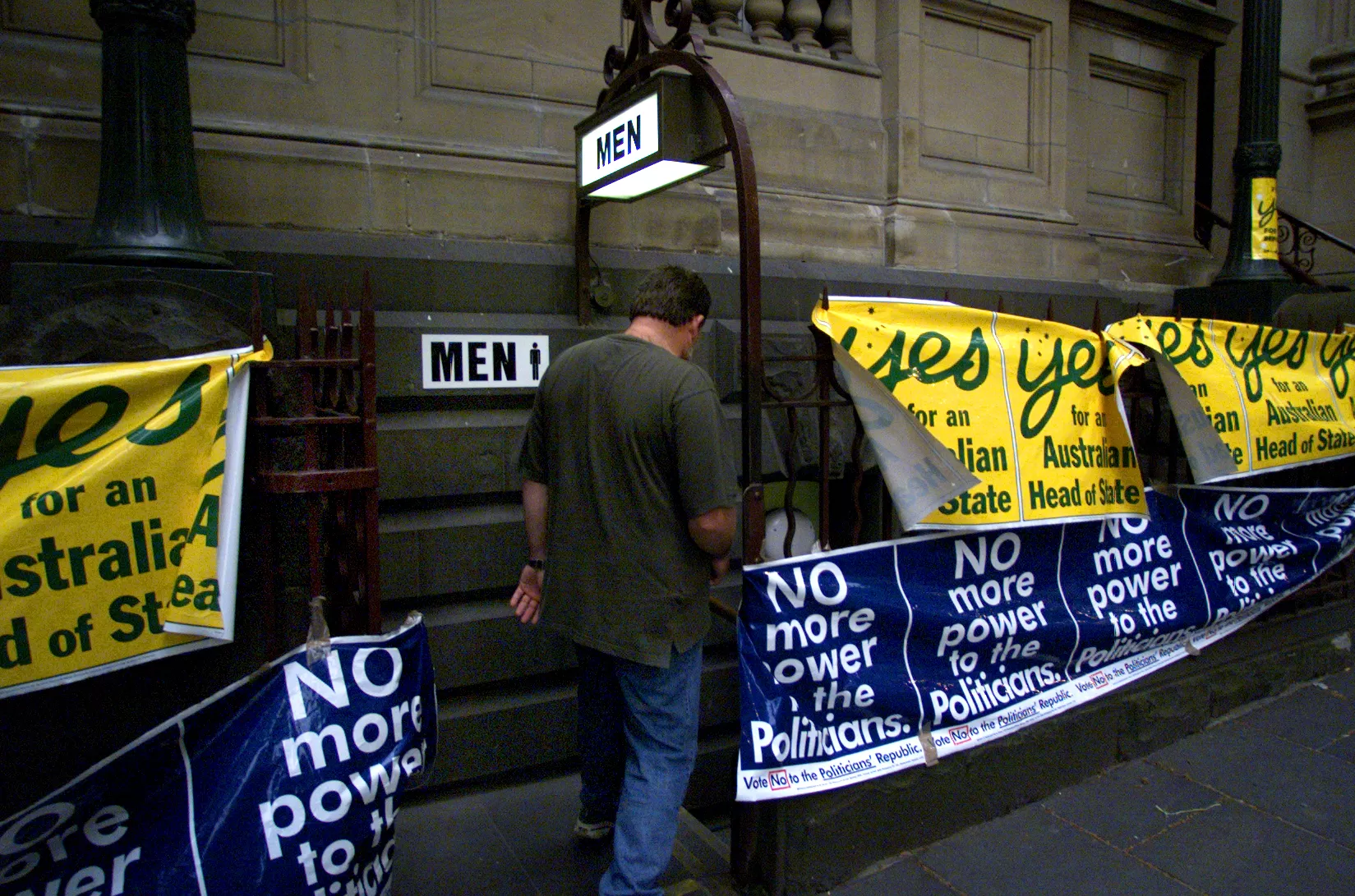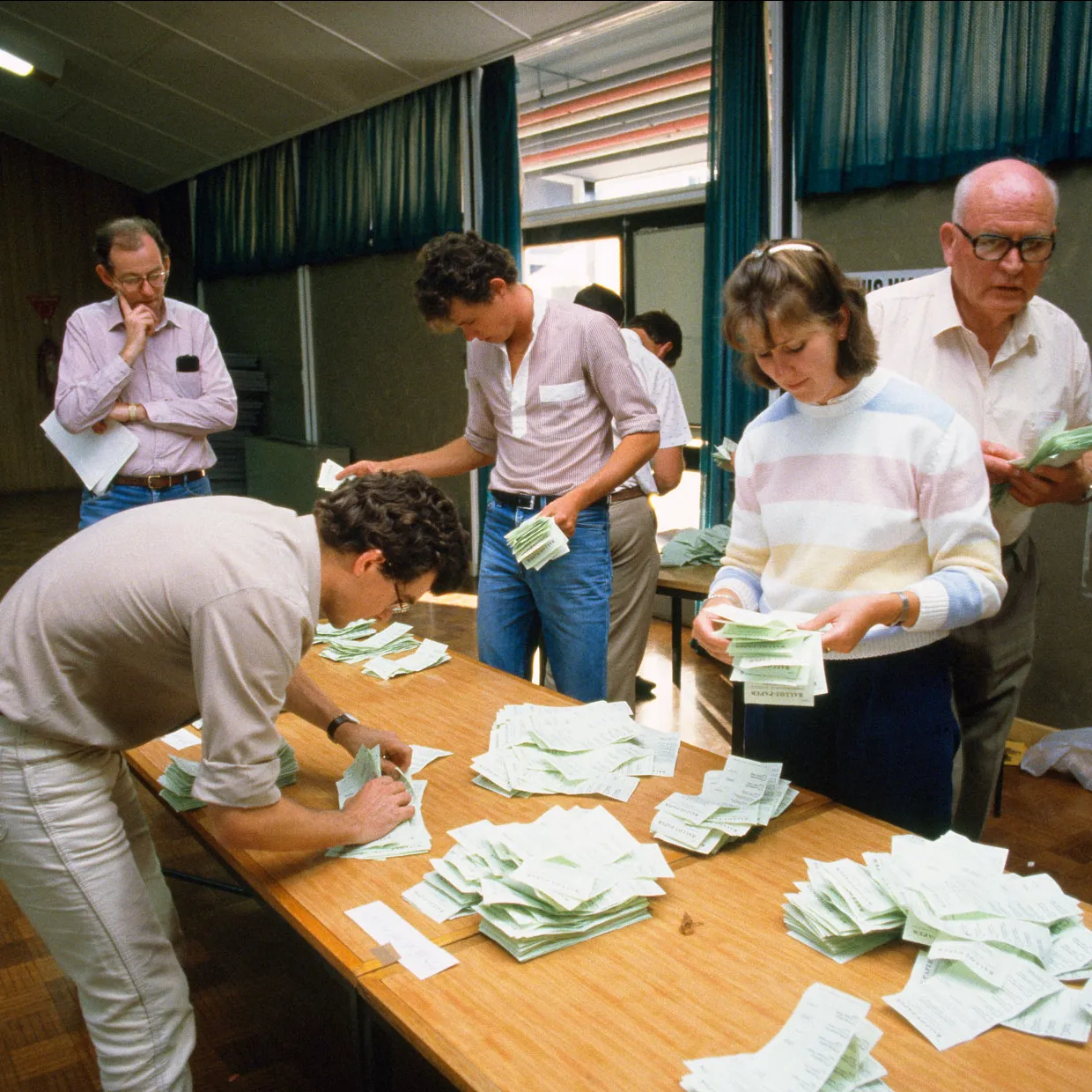Misinformation explained
Your guide to misinformation and democracy.
Misinformation? Disinformation? What do these terms mean, why should you care, and what does it all have to do with democracy?
What is the difference between misinformation and disinformation?
Misinformation is false and misleading information created or shared by mistake, without the intent to mislead. This is distinct from disinformation, which is false and misleading information created or shared to deliberately mislead people.
Common misinformation terms
Misinformation: False and misleading information created or shared by mistake, without the intent to mislead.
Disinformation: False and misleading information created or shared to deliberately mislead people.
Malinformation: Information based in fact that is manipulated, presented out of context, or shared to deliberately cause harm.
Propaganda: Biased, often false or misleading information created for political gain or to promote a particular cause or ideology.
Fake news: A term that rose to popularity during the late 2010s when it was used to describe false and misleading information often associated with politics.
You can find more in our misinformation glossary.
Where is misinformation found?
False and misleading information can appear anywhere – from conversations with friends and family, to social media posts, podcasts or news stories. Because we are surrounded by more information than ever before, it can be hard to identify false or misleading things when they appear. Here are a few examples that demonstrate how misinformation and disinformation can show up in everyday life.
Misinformation in a family setting
At a family Christmas party your cousin repeats false and misleading information they saw in a video online. The video claimed that humans do not actually need sunscreen to prevent sunburn. This is an example of misinformation because your cousin is repeating false information that they believed was true.
Disinformation on social media
Scrolling through your social media feed you notice an influencer you follow is claiming that eyeglasses are harmful and unnecessary. The influencer says that, after drinking a special type of carrot juice, they were able to discard their eyeglasses and could even see in the dark. The carrot juice is available for purchase on the influencer's website. This is an example of disinformation. Drinking carrot juice would not have given the influencer powers to see in the dark – they are aiming to deliberately mislead people to sell their product.
Malinformation in an election
You receive a text message from a political party in the lead up to an election quoting a politician from a rival party saying she believes a tax increase is required to manage debt. The quote was from seven years ago, but the text message does not say this. This is malinformation because although the quote is accurate, the lack of context makes it misleading.
How does misinformation and disinformation affect democracy?
Australia's democracy is a system that relies on trust and 'social cohesion', or a level of connection between members of the community. Misinformation and disinformation damage this trust by making it difficult to know who or what to trust.
To make informed decisions about who and what to vote for, voters need access to timely and accurate information about policies, politicians and political parties. Misinformation can damage this electoral process.
How can we protect democracy from misinformation and disinformation?
Everyone can take steps to protect democracy from false or misleading information. Here are ways you can help.
Get familiar with the tactics used to spread misleading information
While the way information is shared is always changing, there are a few 'red flags' you can use to help spot false and misleading information. Learn more about these in our How to spot and respond to misinformation and disinformation article.
Report false information when you can
On social media
If you see false information on social media, you can report it directly to the social media platform. For example, on Instagram there is a 'Report' link on each piece of content.
In election material
It is an offence under the Commonwealth Electoral Act 1918 to publish or distribute anything likely to mislead or deceive someone in relation to the casting of their vote. If you see false or misleading information that may deceive people about when and how to vote, you can report it to your local state or territory electoral commission, or to the Australian Electoral Commission (AEC) for federal elections. The AEC maintains disinformation registers for federal electoral events – you can learn more about the register on the AEC website.
In the media
When news and media organisations make mistakes, it's expected they will publish a correction explaining what they got wrong. However, if they don't, you can make a complaint to the Australian Press Council or directly on the media organisation's website.









